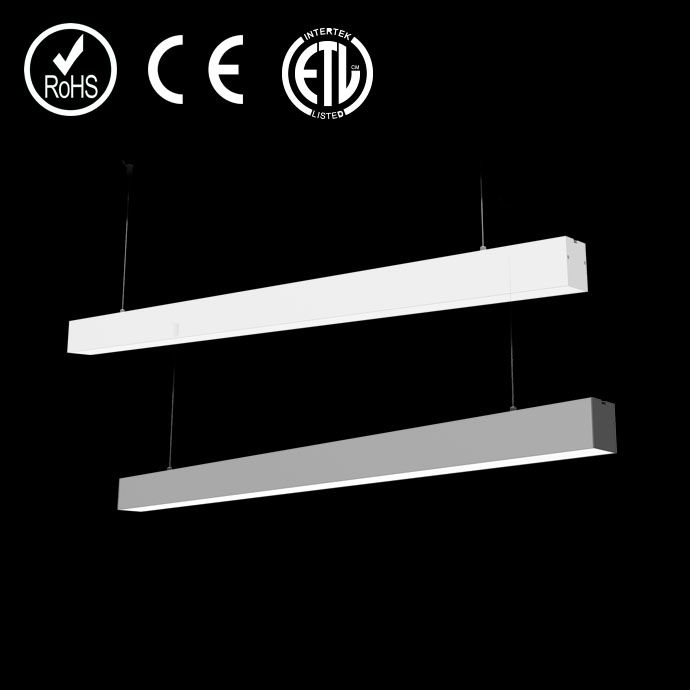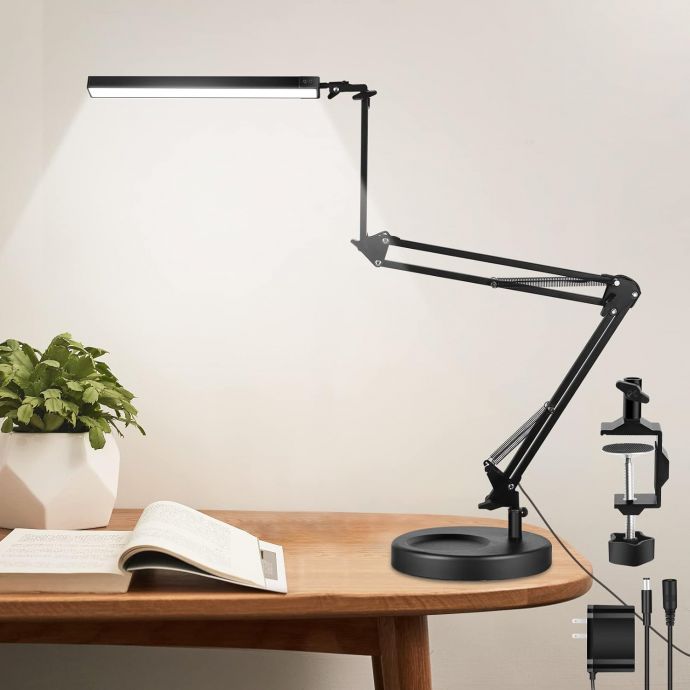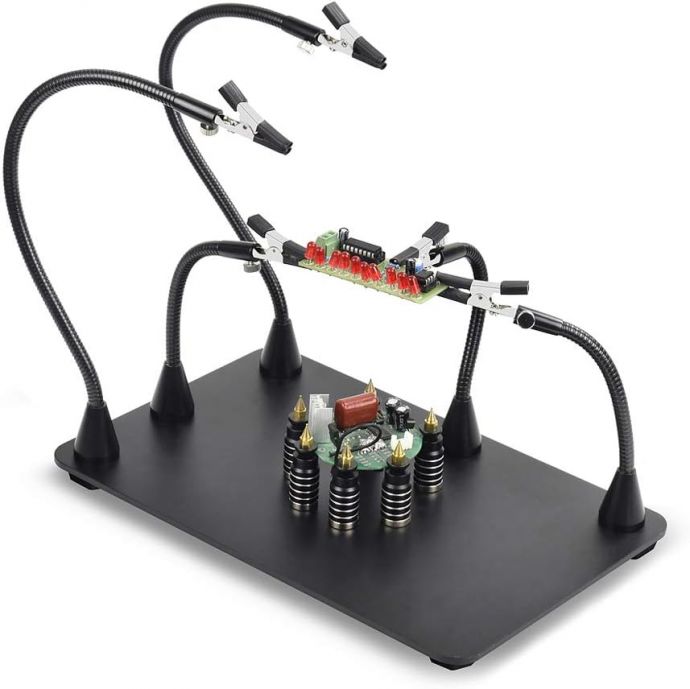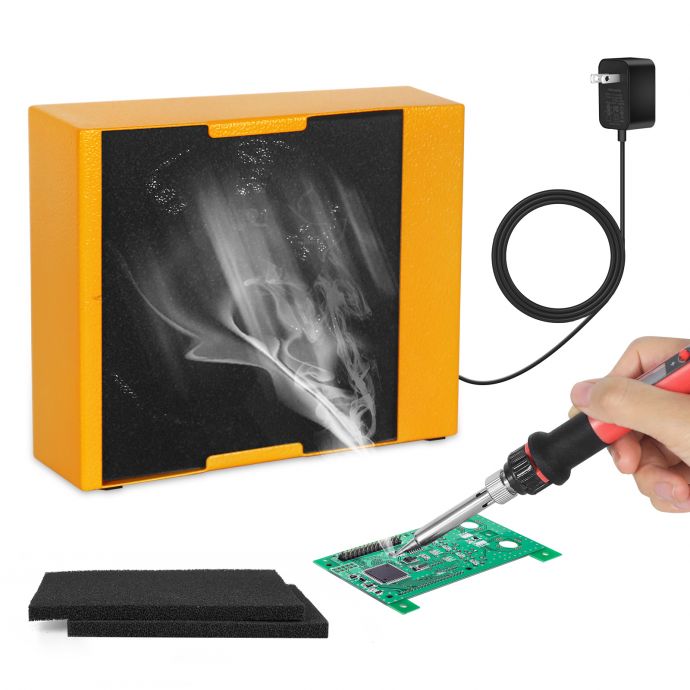In the world of DIY electronics, soldering is a fundamental skill that every enthusiast or professional eventually masters. However, it's more than just being about precision and skill; it's about safety too. Soldering can release harmful fumes that, when inhaled over time, can lead to respiratory issues. Enter the 12V solder fume extractor: a compact yet powerful ally designed to keep your workspace clean and your lungs healthy. In this article, we delve into the world of DIY solder fume extractors, exploring their necessity, how to build one, and why this particular model can become your ultimate smoke absorber.
Soldering, though an art, is not without its risks. The rosin in solder wire, when heated, releases fumes composed of volatile organic compounds (VOCs) and fine particulates that can be harmful if inhaled frequently. For hobbyists working on small projects or professionals spending countless hours perfecting their craft, a fume extractor is crucial.

Why a 12V fume extractor, you might ask? The 12V design is not just about portability; it’s about compatibility with a variety of power sources and settings. Whether you're working in a fully equipped workshop or in a compact home lab, a 12V system can effortlessly integrate with existing tools and power supplies. Plus, it’s energy efficient and easy to set up, making it a smart choice for both beginners and seasoned pros.
Building your own solder fume extractor is an empowering task that combines practicality with a touch of creative engineering. The first step in this process is understanding the core components required. You will need a quality fan, an activated carbon filter, a reliable power supply, and a sturdy housing unit to contain these elements.
The fan serves as the heart of your fume extractor, pulling in the fumes and passing them through the filter. When selecting a fan, consider options that offer a good balance of airflow and noise. A fan with a rating of 60 CFM (cubic feet per minute) is generally sufficient for most soldering needs, providing enough suction power to clear fumes efficiently. Additionally, brushless DC fans tend to have a longer lifespan and run more quietly, making them ideal for DIY projects.

Next, the activated carbon filter is crucial, as it traps harmful particles and neutralizes the annoying smells associated with soldering. Look for filters specifically designed for smoke absorption, as these will provide the best filtration performance. It's worth noting that filters wear out over time, especially with frequent use, so having a few replacements on hand is advisable.
Power supply considerations for a 12V extractor are simplified due to its versatile nature. Most electronics hobbyists already have a 12V power adapter or battery pack as part of their kit. Consistency is key here; ensure that your power source can provide a steady current to maintain the fan’s performance without fluctuations.
The housing is often an overlooked part of the fume extractor, but it plays a significant role in its overall efficiency. You'll want a design that not only houses all components securely but also directs airflow effectively towards the fan. Using materials such as acrylic or lightweight aluminum can help create a robust and heat-resistant shell. Make sure to design an enclosure that allows for easy access to the filters for replacements.

Assembly of the extractor is a straightforward process. First, mount the fan inside the housing, ensuring it is securely attached to prevent vibrations. Align your carbon filter with the suction side of the fan, securing it with clips or a tight-fitting frame to ensure all air passes through. Finally, connect the power supply to the fan, usually by soldering the fan leads to the adapter plug or battery terminals.
What makes this DIY project particularly rewarding is the customization potential. Beyond the basic setup, you can add features to suit your specific needs. For instance, incorporating a variable speed controller can give you precise control over the airflow – handy for varying workloads or when quieter operation is preferred. Installing LED indicators can help you monitor whether the unit is on and functioning correctly.
Moreover, for those concerned about aesthetics or space, designs can be modified to be tabletop units or under-shelf installations, optimizing space usage in smaller work areas. Furthermore, more advanced makers might opt to pair their fume extractor with IoT capabilities, monitoring air quality via sensors and adjusting fan speed automatically for efficient operation.

The benefits of having a dedicated solder fume extractor in your workspace extend beyond health safety. It enhances concentration, reduces distractions caused by lingering smells, and improves the overall professional quality of your workspace. Investing time in creating this tool not only safeguards your well-being but also adds a tailored piece of technology to your collection.
Ultimately, a 12V solder fume extractor represents the perfect blend of necessity and innovation in a DIYer's toolkit. This project teaches valuable engineering and problem-solving skills while providing lasting benefits to your respiratory health and project quality. Whether you’re a hobbyist or a professional, ensuring you have a capable smoke absorber in your arsenal is paramount for a seamless, safe, and enjoyable soldering experience.
By constructing your own fume extractor, you’ll gain insight into the technical workings of airflow management and filtration, broaden your DIY skills, and foster a greener approach to electronics crafting. Embrace this project as a pathway to healthier soldering, where creativity meets responsible practice in the world of electronics.






